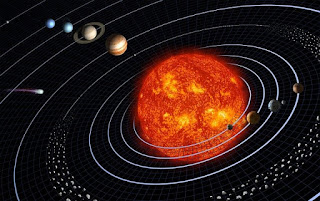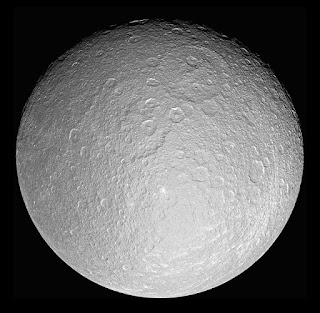SOLAR SYSTEM THE UNIVERSE
SOLAR SYSTEM THE UNIVERSE
Have you look up and see the secret of the sky and ? Higher than the birds, past the clouds, and further than the moon a whole host of fascinating objects in outer space.
SOLAR SYSTEM AND PLANETS
Let's imagine for a moment and leave the earth, sit on the space craft and look out of the space. We see the solar system and power of the sun where all eight planets are orbiting the sun, and solar means something to do with the sun.
THE MASSIVE SUN
The sun is a star , just like many of the star that you can see in the sky just many times closer to us. Still, the sun is very very for away from Earth; almost 93 millions miles away: that's way it looks so small, even though it's the biggest object in the solar system. Infact the sun makes up more than 99% of the mass in the solar system. If you put all the planets, moons, asteroids, comets and everything else in the solar system together , they would make up less than 1 quarter of a percent of it.
The sun is so big that it's more than hundred times wider than the earth, and if it were a giant jar you could fit more than 1 million earths into it. More than that, the sun is what holds the solar system together.
The sun is also what allows us to live on the earth. Without the sun there would be no life on earth.
Let's leave the sun now to explore the planets.
THE MERCURY PLANT
As we move away from the sun, the first planet we will encounter in Mercury. Mercury is the smallest planet in the solar systems are much smaller than earth, and one of the only five planets you can see from earth using nothing but your eyes. It won't look much like planet. It looks more like a bright star, and many might you can see it close to horizon near sunrise and sunset. Mercury is a lot like our moon. It's small and has a rocky surface. It has no moon of its own, and no air to breathe. You probably would not enjoy a visit to Mercury since temperature or boiling hot in the sun and freezing cold in shade. something interesting about Mercury is that it is the farthest planet to go around the sun. It only takes 88 days.
THE VENUS PLANET
Next is Venus, the second planet. Some people call Venus Earth's sister, because two planets are very close in size and gravity, but they are very different on the earth surface. First of all, it is very hot, Venus is the hottest planet in the solar system. It is not as close to the sun as Mercury but it's thick atmosphere of carbon dioxide helps it to trap the heat and stay warmer than its neighbour. It has a thick atmosphere but it is not one you could breathe. It is mostly made of carbon dioxide and there are clouds of sulphuric acid. Venus might not be fun to visit but it is beautiful to look at. It is the second brightest object in the night sky the only think brighter in the moon. If you are looking at the sunrise and a sunset and suddenly notice what looks like a very bright star you are probably looking at Venus.
After Venus Earth comes, the third planet from the sun. Of course you know all about Earth, because that's the planet where we live! Earth is what is called a Goldilocks planet; because it's not too hot and not too cold it just right. As a far we know Earth is only planet to have living things.
MARS PLANET RED PLANET
Let's leave Earth again for a moment, though and visit Mars the 4th planet from the sun. March is announced as the red planet because iron oxide in the soil gives a reddish colour. Mars is smaller than Venus and the earth but larger than Mercury. it is cold and Rocky with earth in atmosphere made of carbon dioxide and oxygen. scientist are very interested in the mass because they think that people could leave their with the help of some special equipment. Rockers and probes have already been sent there to gain more information about the planet. Right now there are two special robots exploring the surface of Mars sending information back to earth. Mars is the first planet we have visited today beside Earth to have its I'm on moon. Although they are not big and round like our moon. Mars moons are small and irregular. Scientists think they may be captured asteroids. Maybe they came from the big asteroid belt that is between Mars and Jupiter. An asteroid belt is a big ring of asteroids and Rocky objects orbiting the sun.








Comments
Post a Comment